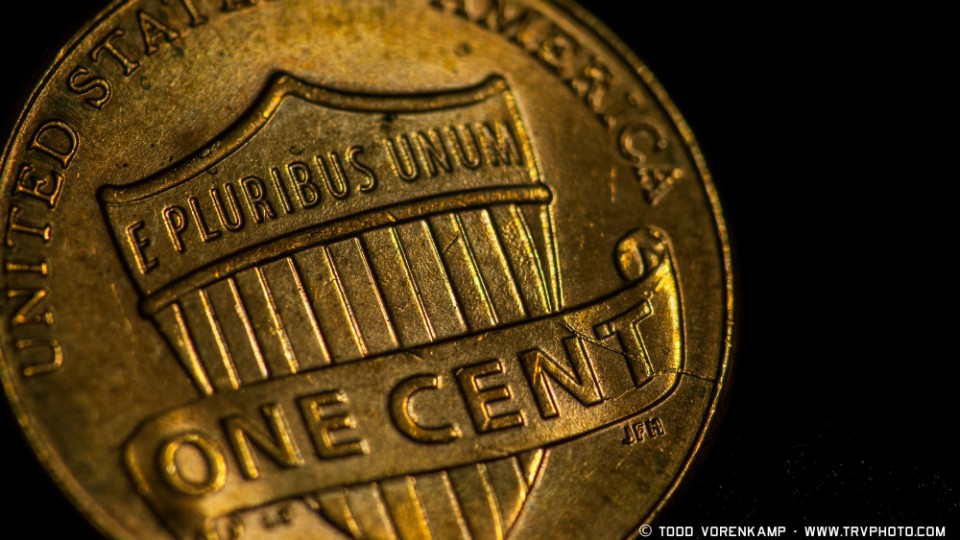

In the last macro photography segment, we looked at three easy ways to get into macro photography: macro lenses, extension tubes, and close-up filters. As with most things photographic, there are many different ways to accomplish a single task, and macro photography is no different. Here, we will look at some additional ways that you can enter into the world of close-up photography with your camera.
Bellows
One way to get your camera to take extreme close-up images—much more than with a macro lens on its own—is through the use of a bellows. A bellows system works exactly the same way as extension tubes, but by a different design. The collapsible, light-proof bellows is mounted between the camera and the lens and allows the photographer to move the lens even farther from the camera than several extension tubes would.
The bellows must be mounted on a tripod or other support. Some lenses are designed for bellows use and can achieve infinity focus when connected to the bellows. What you get with a bellows system is the ability to focus at extreme magnifications with an existing lens or, better yet, a macro lens.
Reversal Rings
Another way to achieve close-up photography using an existing lens is through the use of a reversal ring. When you remove a lens from an interchangeable-lens camera and look through it backwards, you notice that the lens functions much like a magnifying glass, albeit an expensive and complex magnifying glass.
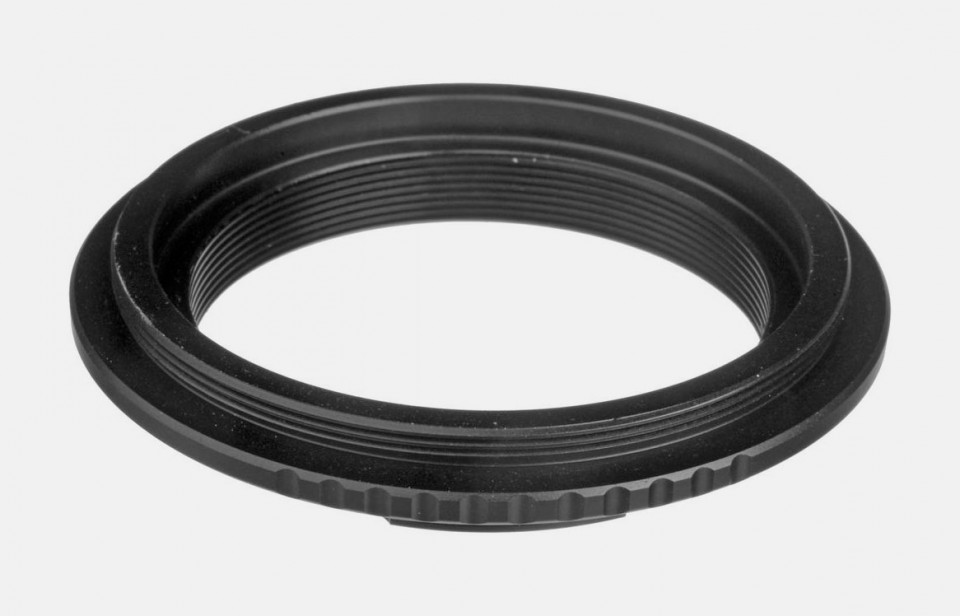 |
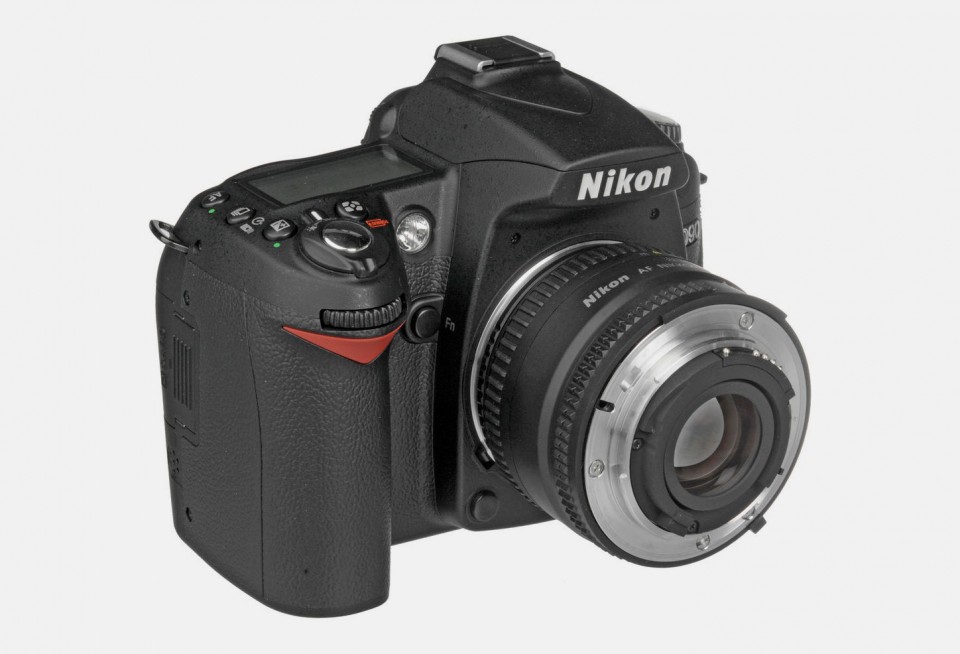 |
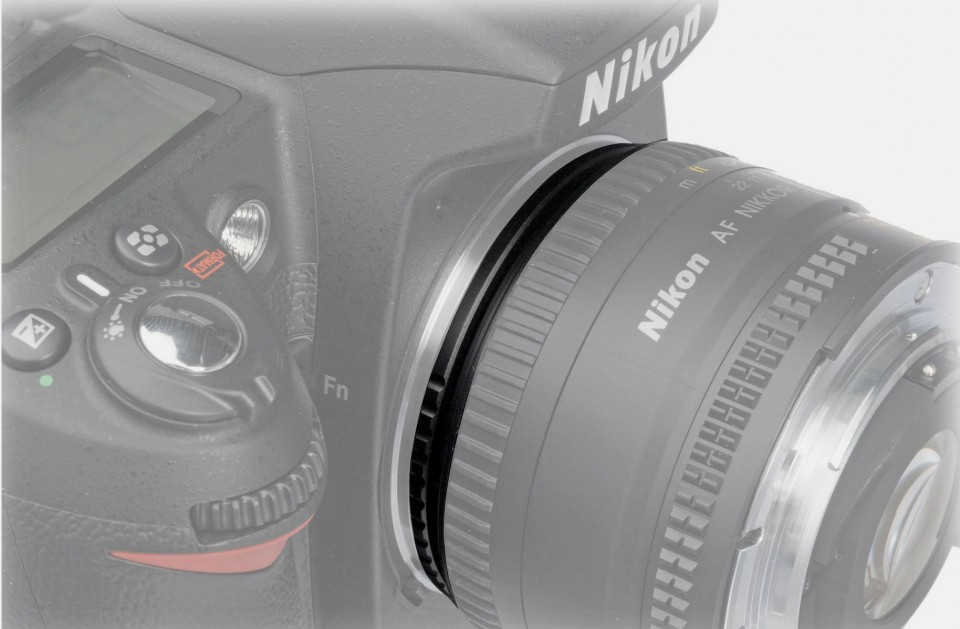 |
A reversal ring is an inexpensive, camera-specific device that allows you to mount your lens(es) on your camera—backwards. One end of the ring is the lens mount, while the other screws into your lens’s filter threads. While not optically perfect (you will get soft edges) you can get some very good macro shots with this technique.
Macro Coupler
The macro coupler is yet another way you can do macro photography with two lenses you already own. This is another inexpensive device that connects two lenses together, one reversed, to make a macro lens. The lens of lesser focal length is reversed and attached, using the coupler, to another lens and you shoot through both lenses. One advantage of this is that, because one lens is normally mounted on the camera, you get full electronic communication (metering) from the lens.
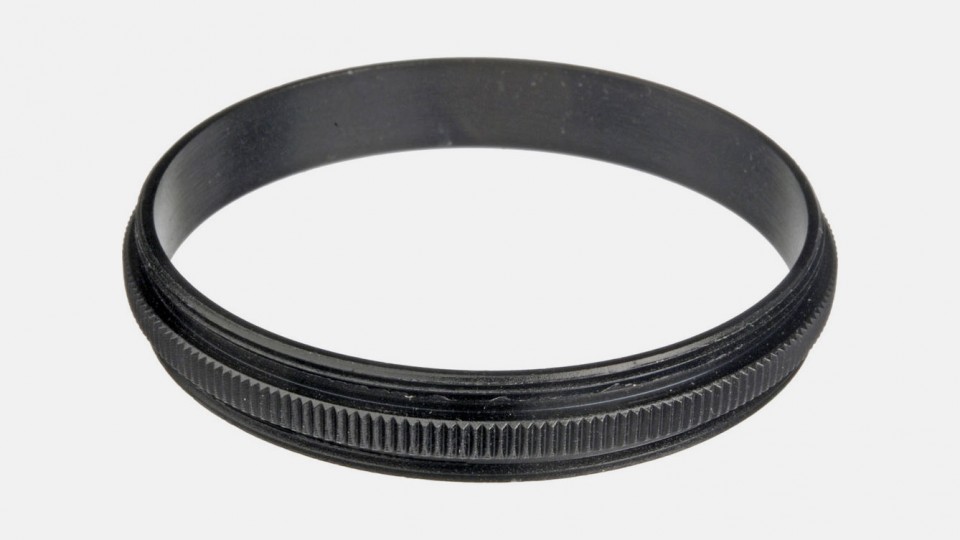 |
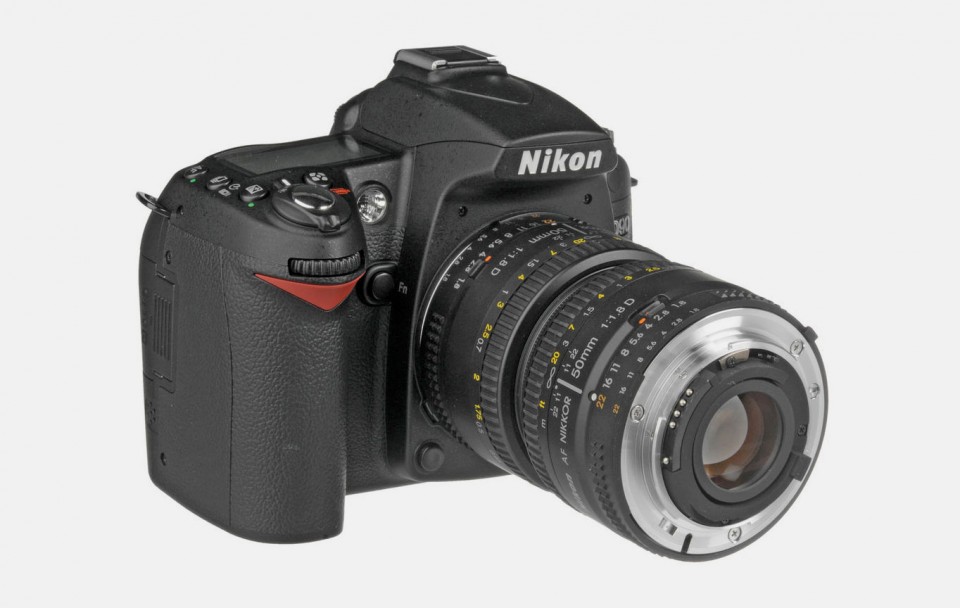 |
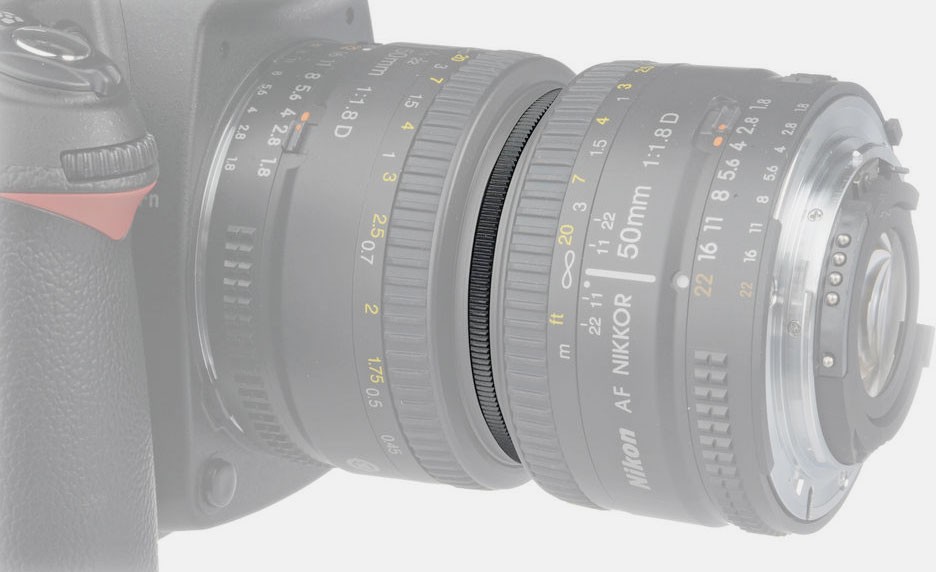 |
To figure out how powerful your individual setup will be, divide the focal length of the normally mounted lens by the focal length of the reversed lens to get your ratio. Example: Normally mounted 105mm lens divided by a reversed 50mm lens = 2:1 macro... double life-size!
Depending on your lenses, you can create some extreme close-focusing and magnification with a coupler. The down side? You are taking a picture through a lot of lens elements and lens element groups that were not all designed with each other in mind. So image quality will suffer, but, for the money, it makes an attractive and funky option to try.
Macro Accessories: Focusing Rails
If you have ever done macro work, you have probably had the not-so-fun experience of constantly having to move your subject closer or further from the lens, or, if you can't move the subject, awkwardly moving the entire tripod/camera assembly in relation to the subject. If you just need to move a fraction of an inch, this can be an exercise in frustration and/or patience, or lack of patience!
Mounted between your camera and tripod, focusing rails allow you to ever-so-slightly change your working distance without having to move your subject or the entire camera or tripod. Problem solved!
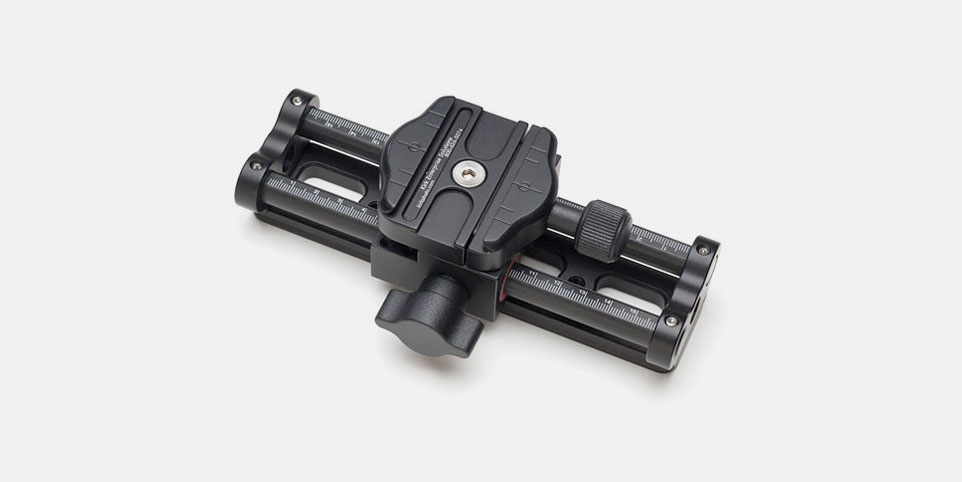
Conclusion
"I want to do macro photography. What should I purchase?"
As you have read, there are several different mousetraps available to the macro photographer. There is no easy answer to this question that fits all photographers/subjects. The largest factors in your personal decision on how to enter the macro world will be cost and photographic goals. For example, a medical professional needing to take macro shots will probably lean toward a dedicated macro lens for the precision optics and the convenience of not having to add accessories. However, a casual traveler who wants to capture an image of a beautiful flower while out hiking might lean toward light and easy-to-carry extension tubes or close-up filters. As mentioned, an extension tube will preserve the quality of the lens placed on it, but if you are in a dusty area, it might be preferable to use a close-up filter to avoid exposing the insides of your camera to the environment while attaching a tube.
Additionally, the creative effects and extreme close-up options afforded by some of the examples above might appeal to photographers with different artistic vision or specialty needs.
Cost, convenience, size, weight, portability, complexity, versatility, and final photographic result will all factor into your purchase decision. If you have questions of your own, please post them in the Comments section, below.
Final Thoughts
Many photographers find that, by adding a wide-angle or telephoto lens to their bag, a different world of photography opens up in front of their camera. Suddenly they can see more, or reach further into the frame to capture an image. I personally feel that there are few journeys that you can take into photography that are more transformational than macro photography. With the right equipment, you will start seeing the world differently and you will start to see photographs that you never thought you would think of capturing before. Besides that, it is a lot of fun!
One other thought: some of the examples above, and the examples from the last article, provide solutions that are not optically as precise as the images designed to be produced by a true macro lens. But, many of these techniques can produce very beautiful and very unique macro shots with interesting characteristics. So, if you can use your imagination, and forget looking for a technically perfect macro image, do not be afraid to try different techniques/tools to get pleasing and distinctive results.
So, grab a macro lens, extension tubes, close-up filters, or any of the gear detailed above, and start seeing and photographing the world in a very different, and close-up-and-personal way!